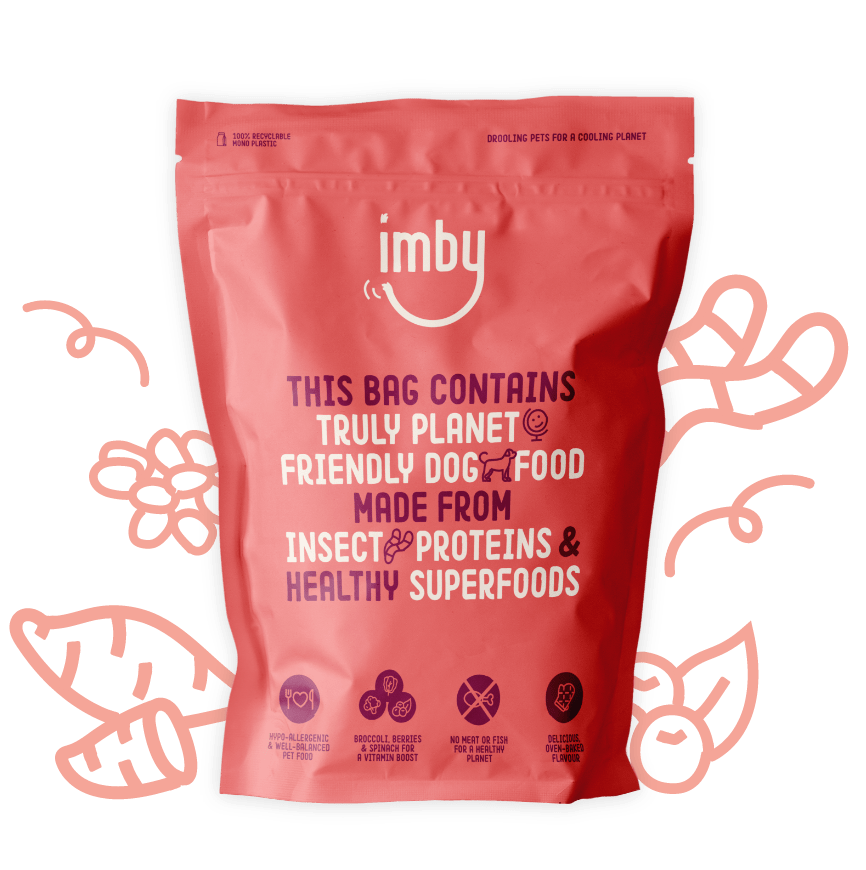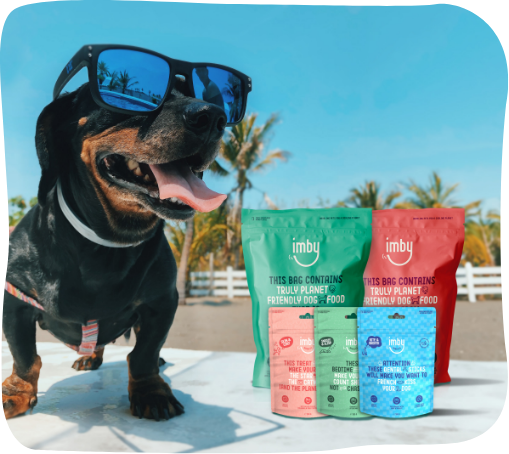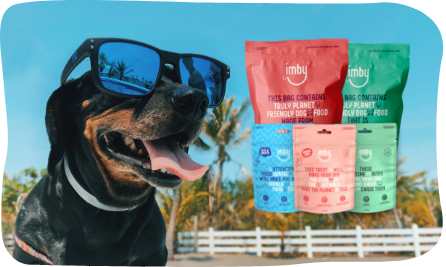Use code CHANGE20 for 20% off your first dog food order!
Use code CHANGE20 for 20% off your first dog food order!



Hypoallergenic dog food is specially formulated to minimise the risk of allergic reactions in dogs. It typically contains a single source of animal protein (such as lamb, duck, or rabbit) and a single carbohydrate source (like sweet potato or rice). These ingredients are less common in regular dog food, making them less likely to trigger allergies.
Hypoallergenic dog food works by eliminating potential allergens from your dog’s diet. By feeding your dog exclusively hypoallergenic food for several weeks, you can monitor whether their symptoms improve. If they do, your vet can then start an elimination diet to identify the specific allergens.
Food allergies and intolerances are becoming increasingly common in our loyal four-legged friends, with symptoms ranging from mild itching to severe gastrointestinal issues. Fortunately, hypoallergenic dog food offers a solution for these sensitive dogs. But what types are available, and how do you choose the right one?
Hydrolysed dog food is the most hypoallergenic option. The proteins are broken down into small pieces, so your dog’s immune system doesn’t recognise them as allergens. It’s ideal for dogs with severe food allergies.
This food contains protein sources your dog has never eaten before, such as rabbit, duck, venison, ostrich, or insects. As your dog hasn’t yet developed antibodies against these proteins, the risk of allergic reactions is reduced. It’s great for dogs with mild to moderate food allergies.
Grain-free dog food excludes grains like wheat, corn, or rice, which can cause allergic reactions in some dogs. It’s often made with alternative carbohydrate sources like sweet potato, potato, or peas. While not strictly hypoallergenic, it’s a good option for dogs with grain sensitivities.
LID dog food contains a limited number of ingredients, typically one protein and one carbohydrate source, which makes it easier to pinpoint allergens. It’s perfect for dogs with mild allergies or intolerances.
Some owners prefer making their own hypoallergenic dog food, allowing full control over the ingredients. However, it’s essential to understand your dog’s nutritional needs, so always consult your vet before switching to a homemade diet.
Reduced Allergic Reactions: The primary aim of hypoallergenic food is to reduce allergic reactions in your dog by eliminating potential allergens. It can significantly alleviate or even eliminate symptoms.
Improved Skin and Coat Health: Food allergies often lead to skin issues like itching, redness, and hair loss. Hypoallergenic food can help improve your dog’s skin and coat while reducing itching.
Relief from Digestive Problems: Food intolerances can cause gastrointestinal issues like vomiting, diarrhoea, and flatulence. Hypoallergenic food can help ease these symptoms and improve digestion.
Overall Health Benefits: By addressing allergic reactions and intolerances, hypoallergenic food can boost your dog’s overall health and vitality, helping them feel more energetic.
Hypoallergenic dog food is ideal for:
With various types of hypoallergenic dog food available, it’s essential to select the one that best suits your dog’s needs. Here’s what to consider:
Hypoallergenic dog food isn’t suitable for every dog. Always consult your vet before making a switch. They can help determine whether your dog has a food allergy or intolerance and which hypoallergenic food is most appropriate.
Hypoallergenic dog food can be an effective solution for dogs with food allergies or intolerances. By eliminating potential allergens, it can reduce symptoms and improve your dog’s quality of life. Always seek advice from your vet before switching to hypoallergenic food.





It's all to make your browsing and shopping experience at Imby, a real treat! Read more about it in our Privacy Policy.
4.8 out of 5 stars
based on 1171 reviews



"*" indicates required fields